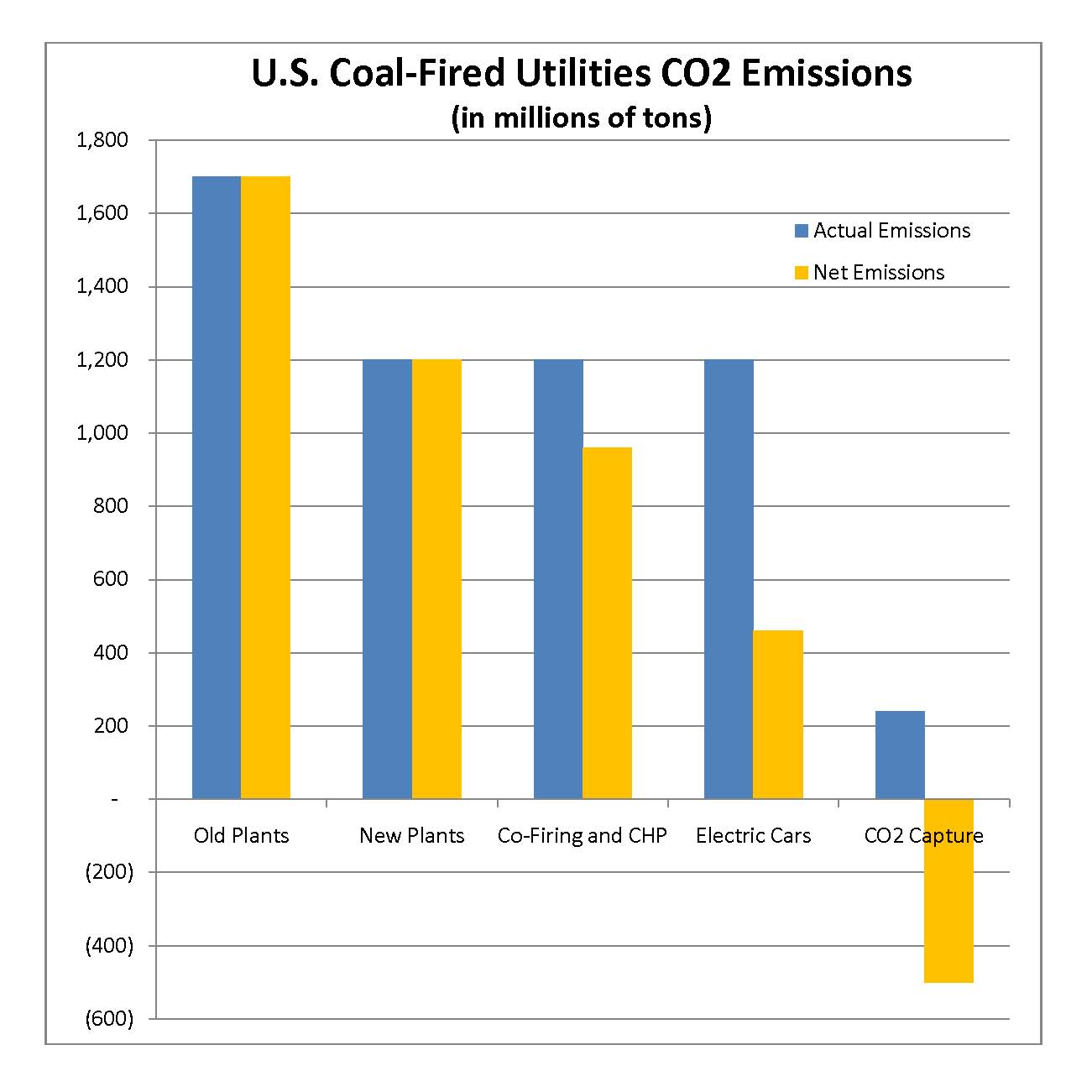NEWS RELEASE DECEMBER 2008
Temporary New Coal Plants Are The Economic And Environmental Solution
Europe is replacing old coal-fired power plants with new ones as the way to meet the shorter term greenhouse gas reduction goals. If the U.S. adopted the same policy it could meet the President-Elect Obama’s goal of reducing CO2 to 1990 levels by 2020. This is the conclusion of the latest analysis in Power Plant Air Quality Decisions published by the McIlvaine Company.
Bob McIlvaine, president of McIlvaine Company, says that by retiring the old plants and substituting new plants as a temporary solution utilities will obtain the backing of the environmental community. With continuing improvement in electricity generation technology, the useful life of a new plant will be 25 years or less. This means the 2050 goal of 80 percent greenhouse gas reduction does not necessarily have to include any of these new plants.
Here are the benefits in replacing existing coal-fired boilers with new super ultra-critical units.
· 30% reduction in CO2,
· 80% reduction in the environmental burden,
· $600 billion investment stimulus,
· 30% reduction in coal use and no increase in electricity cost.
Taxpayers would not be providing any of the $600 billion. All that is required is a regulatory structure which would allow the utilities to make this investment.
Europe requires the co-firing of biomass in coal-fired boilers. It also encourages combined heat and power. This results in a further net CO2 reduction of 20 percent. The more efficient coal-fired boiler could provide electricity for electric cars with the low net CO2 per mile. With 25 percent of the transportation sector running on electricity, there would be the equivalent of another 500 million tons of CO2 reduction.
U.S Coal-fired Utilities CO2 Emissions
(in millions of tons)
|
Technology |
Actual Emissions
|
Actual Reduction |
Equivalent Reduction |
Net Emissions |
|
Old plants |
1700 |
|
|
1700 |
|
New plants |
1200 |
500 |
|
1200 |
|
Co-firing/CHP |
1200 |
|
240 |
960 |
|
Electric cars |
1200 |
|
500 |
460 |
|
CO2 capture |
240 |
960 |
|
( 500) |

All of the technology is in place to achieve the 44 percent reduction with new plants and co-firing. This whole program could be completed in 10 years. Significant production of electric plug-in vehicles could occur as early as 2010. CO2 capture will have been demonstrated at full scale within a decade.
This leaves all the options on the table for to reducing emissions 80 percent by 2050. There will be very large new generation requirements. Even with optimistic contributions from wind, solar, and nuclear it will be difficult to meet the generation requirements without some reliance on coal. But this is a decision which does not need to be made now. Replacing the old coal-fired power plants with new efficient ones is an immediate win-win initiative for the nation regardless of the long-range solution.
For more information on Power Plant Air Quality Decisions, click on http://www.mcilvainecompany.com/brochures/energy.html#44i
